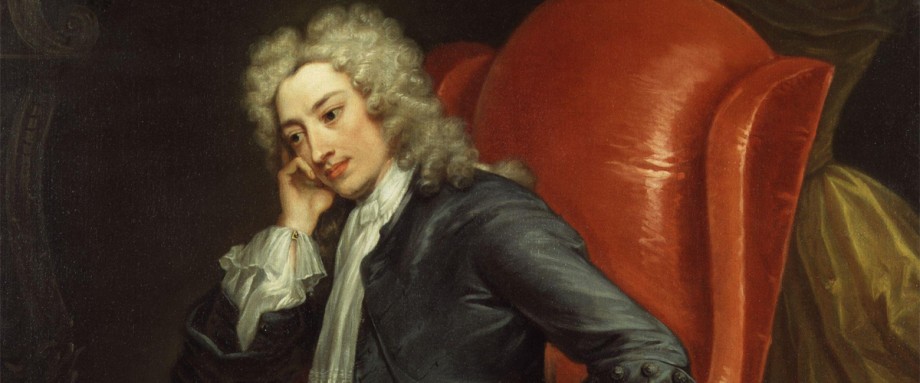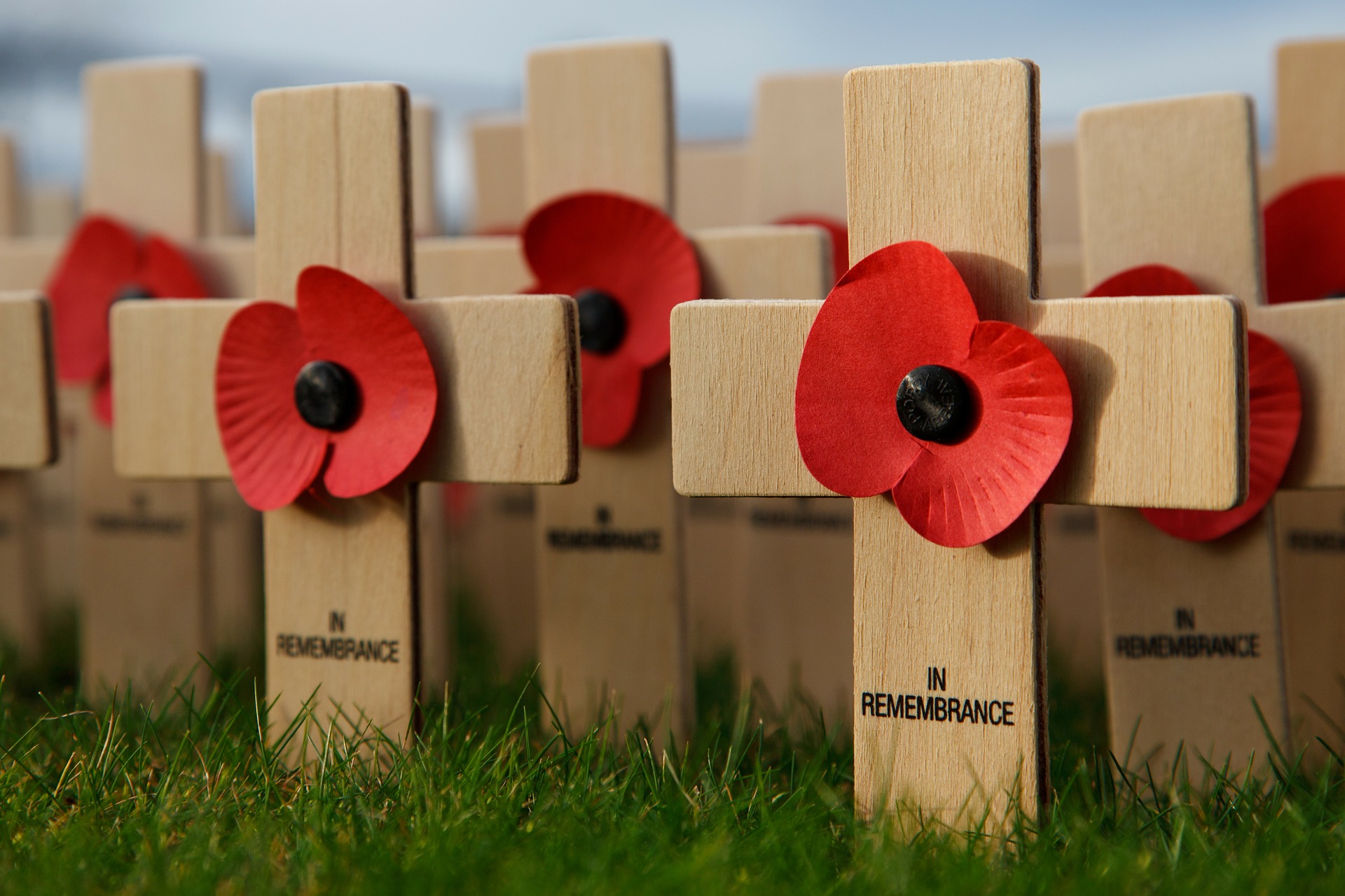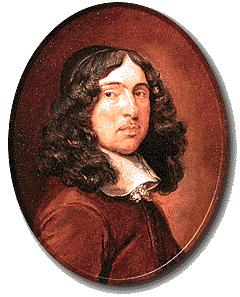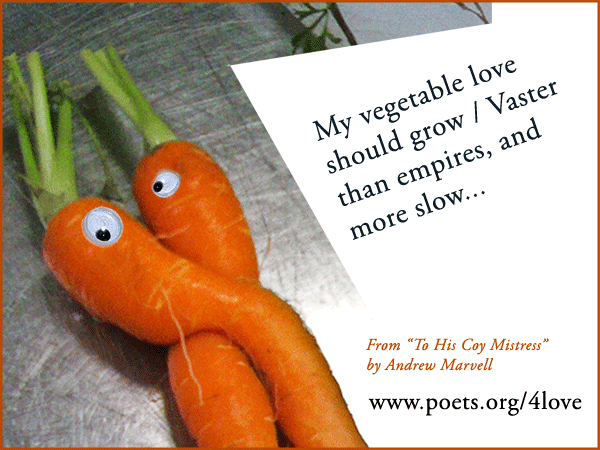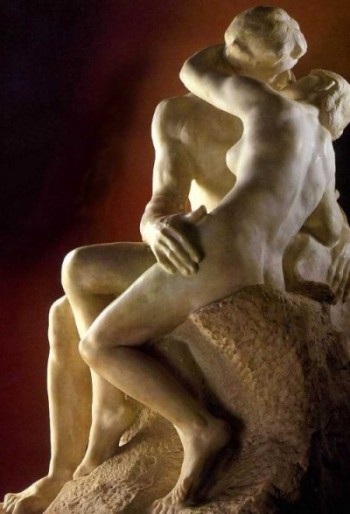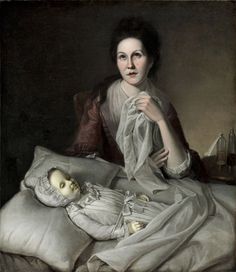Introduction to the Poet:
Andrew Marvell (1621-78) was a renowned Metaphysical poet , a politician and held a remarkable position in literature. He was born in Winstead-in-Holderness, East Riding of Yorkshire, as the son of a clergyman. Educated at Trinity College, Cambridge, he became a tutor to the daughter of Lord Fairfax, and wrote the best poems during this season (1650-52).
Marvell was an acquaintance of Milton and protected him from the royal wrath.He also served as the Member of Parliament for Hull from 1659 until he died in 1678.
The Coronet:
The poem dearly deals with the poet’s feeling of guilt and effort to crown Christ, the savior with garland of poetry. He is guilty of his sin, and thinks that he needs to replace the crown of thorns that was worn by Christ during crucifiction into the crown of poetry. As a poet, he is a shepherd who wants to weave garland of poetry with words.
This poem deals with Christian belief and bibliographical reference and is one of the most peaceful creation of Marvell.
Setting of The Coronet:
The poem is set with the bibliographical reference to the Crucifiction of Jesus where he had to wear a crown of Thorns. Jesus was crucified for the sinful deeds of men on earth and the crucifiction was painful as his body was pierced and he had to wear a crown made up of thorns. Human deeds, which were sinful , was the reason Christ had to leave the Earth and transcend to Heaven.
He was tortured and had a painful death.
The poet holds himself responsible because he had done sins and considers it as a part of the reason why human deeds caused Christ to be dead. The regret and remorse, the undying devotion to Christ made him write such a wonderful poem, which is a ‘coronet’ or crown itself.
Summary of The Coronet:
“When for the thorns with which I long, too long,
With many a piercing wound,
My Savior’s head have crowned,
I seek with garlands to redress that wrong”
As the opening lines of the poem suggests, the poet realizes that it is due to the sins committed by human on the earth, including him, Christ had to face the painful crucification. The pain that he had felt was the result of the misdeeds by human. Thus, he wants to crown Christ’s head with garland that he had been trying to weave and replace it with the crown of thorns.
Next he goes on to say, how he has put all the pieces of flowers that ‘adorned my shepherdess’s head’ to weave a garland for Christ. The flowers are the poetic charm and the characteristics of pastoral poetry that he is speaking of. Thus he wants to weave the garland of poetry with these elements. This is the ‘chapel’ that ‘king of Glory’ or Jesus had never worn.
“Alas, I find the serpent old
That, twinning in his speckled breast,
About the flowers disguised does fold,
With wreath of fame and interest”
When the poet had been weaving garlands, the ‘old serpent’ referring to the serpent that appeared in the Garden where Eve and Adam resided had entered, laid entangled and hidden between the flowers. The serpent is a symbolism of fame and interest. The poet further asks Christ to destroy the snake or the snake and him altogether.
Lastly, when the poet says:
“That they, while Thou on both their spoil dost tread,
May craven thy feet, that could not crown thy head.”
– He requests Christ to accept the crown to garland his feet , as it was poisoned (by the presence of serpent) and couldn’t garland his head.
Critical Analysis of The Coronet:
Andrew Marvell is a metaphysical poet and this is reflected throughout.
The vivid description and rich imagery combined with lyrical viewpoint makes this poem evident of being a metaphysical one. The poem closely deals with the bibliographical reference of Christ’s crucification. However, it is also connected with the aspect of man’s lust for fame and worldly pleasure. The poet believes that the crowning of Jesus with the garland of poetry is righteous. Though he starts to weave the garland yet it is poisoned by the presence of snake. The snake, here, is a reference to the human desire of fame and recognition. The poem serves as the garland and the creation is poisoned or debased by the poet’s desire to attain fame and interest. However, he had regretted that and asked Christ to destroy the desire or to destroy him too, along with it. Full of surprising conceits, lyrical imagery, wistful and elegant style, this poem is a superior metaphysical poem.
Central Theme of The Coronet:
Andrew Marvell’s poem ‘The Coronet’ deals with the theme of regret and remorse for sinful deeds and a way to repent. Further, it also deals with the theme of futile human effort with the goal for heaven-like pure effort poisoned by the lust for fame and acknowledgement.
As the poem starts, the poet is weaving a garland for the savior, Christ. With the flowers from every garden, he picks up the best to weave a crown for Christ. However, here the flowers are nothing but the pastoral enigma of poetry and his garland is the poem itself. However, like a serpent entangled in the flowers, he admits of a desire to gain fame and accomplishment through the poem. This is what bring the theme of greed for fame.
With a heart-rendering tone, the poet asks Jesus to undo the poison that had been induced by the presence of serpent and wear the garland on his feet, which didn’t deserve to fit his head because it was already poisoned.
Poetic Devices in The Coronet:
As characteristic of Marvell’s poems this poem is also filled with symbolism and imagery.
Marvell embeds sonnets of different forms (Shakespearean, Petrarchan) within a larger rhyme scheme and utilizes several different meters (including iambic pentameter, tetrameters, and trimester).
Symbolism:
‘My savior’ is Jesus Christ, in the poem.
‘Shepherdess’s head’ is the pastoral tradition in poetry, ‘The Coronet’ is the poetry itself, and ‘the old serpent’ is the symbolism of thee greed for fame and interest.
Metaphor:
The coronet itself, as the name suggest, is a metaphor for the poetry that Marvell writes. He wants to use his poetic talent for the glorification and devotion to God.
Imagery:
The imageries in this poem makes this poem a magnificent one. The weaving of garlands while collecting flowers from every garden is a wonderful imagery and makes us think of a serene scene. The imagery is further magnified with a sense of devotion when the poet says that it is for ‘the King of Glory’, meaning Jesus Christ.
The old serpent entangled in between the flowers is a powerful imagery that the poet uses to say that all creations aren’t as pure as they seem: just like his creation of the coronet, the poem has the temptation of fame and interest.
Tone of The Coronet:
The tone of the poem in the beginning is one of remorse when the poet holds himself responsible for the crucification of Christ, as he has been a part of the evil human deeds.
It changes to one of enthusiasm and unfaltering devotion when he weaves a garland of poetry with flowers as pastoral tradition. The tone is one of utmost love and respect for the Lord.
However, with the presence of the snake entangled with the flowers, it changes to one of remorse and discontentment , filled with guilty as he proclaims that the lust for fame and interest has been present during the creation.
At last, the tone changes to one of plea when he requests Christ to put this garland on his feel because it cannot adorn his head.
Conclusion:
The poem, written with the most beautiful imagery, splendor of diction and a sense of tranquil devotion, stands supreme among the metaphysical poems and yet again proves Marvell’s affable charm in his poetic skills.
Contributor: Bidisha Das
Some online learning platforms provide certifications, while others are designed to simply grow your skills in your personal and professional life. Including Masterclass and Coursera, here are our recommendations for the best online learning platforms you can sign up for today.
The 7 Best Online Learning Platforms of 2022
- Best Overall: Coursera
- Best for Niche Topics: Udemy
- Best for Creative Fields: Skillshare
- Best for Celebrity Lessons: MasterClass
- Best for STEM: EdX
- Best for Career Building: Udacity
- Best for Data Learning: Pluralsight


